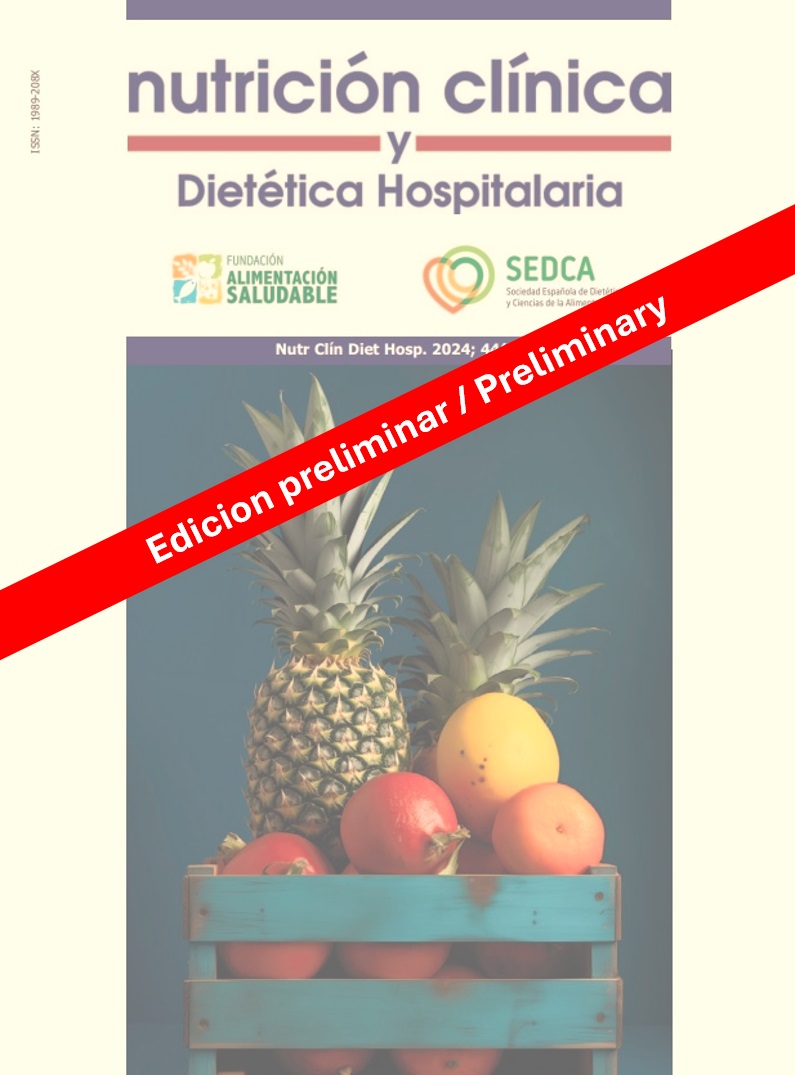Cardiovascular risk indicators and muscle mass in medical interns at a public university in Lima
DOI:
https://doi.org/10.12873/452vegaKeywords:
Masa muscular esquelética, riesgo cardiometabólico, índice cintura-talla, perímetro abdominal, estudiantes de medicinaAbstract
Background: Chronic non-communicable diseases (NCDs) present a high rate of morbidity and mortality in the world; Cardiovascular diseases are the main cause of death in the world and can be avoided by changing habits.
Objective: Determine the relationship between cardiovas
cular risk indicators and muscle mass of medical interns at the Universidad Nacional Mayor de San Marcos (UNMSM).
Methods: An analytical, cross-sectional and correlational
design study was carried out. 101 human medicine interns selected by non-probabilistic sampling, for convenience. The cardiovascular risk indicators were constituted by the waist/height index (ICT) and the abdominal perimeter (PAB), while muscle mass was evaluated using the electrical bioimpedance technique (BIA). The inclusion criterion was that at least one of the
four rotations of the internship had been completed and, in contrast, those with any underlying metabolic condition or who did not meet the requirements for BIA assessment were excluded. The data were analyzed in the SPSS program, using the Pearson statistical test.
Results: Of the total participants, 54% were male. Mod
erate (30.7%) and high (24.8%) cardiovascular risk was
found, according to ICT, while, according to PAB, a high
(19.8%) and very high (10.9%) cardiovascular risk was found in the evaluated sample. Medical interns showed a correlation of ICT (p=0.03) and PAB (p=0.003) with muscle mass. That is, the lower the muscle mass, the greater the risk of presenting cardiovascular risk.
Conclusion: Anthropometric indicators of cardiovascular
risk had a high negative correlation with muscle mass in medical interns.
References
1. La Carga de Enfermedades Cardiovasculares - OPS/OMS | Organización Panamericana de la Salud [Internet]. [cited 2025 Apr 18]. Available from: https://www.paho.org/es/enlace/carga-enfermedades-cardiovasculares
2. Cardiovascular diseases (CVDs) [Internet]. [cited 2025 Apr 18]. Available from: https://www.who.int/en/news-room/fact-sheets/detail/cardiovascular-diseases-(cvds)
3. Guillén-López OB, Casas Castañeda JA, Guillén-López OB, Casas Castañeda JA. Mortalidad en el Perú. Cambios entre los años 2010 y 2018. Revista Medica Herediana [Internet]. 2022 Nov 3 [cited 2025 Apr 18];33(3):221–4. Available from: http://www.scielo.org.pe/scielo.php?script=sci_arttext&pid=S1018-130X2022000300221&lng=es&nrm=iso&tlng=es
4. Lecarnaqué-Rojas CG, Guerrero-Cueva JI, Guillén-López OB. Knowledge about cardiovascular diseases in a first-level healthcare center in Lima, Peru. Rev Peru Med Exp Salud Publica [Internet]. 2024 Jul 1 [cited 2025 Apr 18];41(3):281. Available from: https://pmc.ncbi.nlm.nih.gov/articles/PMC11495947/
5. Espinoza Portocarrero MK. Estado nutricional y estilo de vida de los internos de medicina del Hospital de Ventanilla en el mes de julio, año 2019 [Internet]. 2024 [cited 2025 Apr 18]. Available from: https://rpmi.pe/index.php/rpmi/article/view/789/847
6. Estrés laboral y sus factores de riesgo psicosocial. [cited 2025 Apr 18]; Available from: https://revistas.ces.edu.co/index.php/ces_salud_publica/article/view/1451/914
7. Paredes JG. Análisis de composición corporal y su uso en la práctica clínica en personas que viven con obesidad. Revista Médica Clínica Las Condes. 2022 Nov 1;33(6):615–22.
8. Holmes CJ, Racette SB. The Utility of Body Composition Assessment in Nutrition and Clinical Practice: An Overview of Current Methodology. Nutrients 2021, Vol 13, Page 2493 [Internet]. 2021 Jul 22 [cited 2025 Apr 18];13(8):2493. Available from: https://www.mdpi.com/2072-6643/13/8/2493/htm
9. Janssen I, Heymsfield SB, Wang ZM, Ross R. Skeletal muscle mass and distribution in 468 men and women aged 18-88 yr. J Appl Physiol [Internet]. 2000 [cited 2025 Apr 18];89(1):81–8. Available from: https://journals.physiology.org/doi/10.1152/jappl.2000.89.1.81
10. Andrés Medrano JV. Nivel de actividad física en los internos de medicina del Hospital Nacional Sergio E. Bernales - 2014. 2015;
11. Tenorio Escriba N. Hábitos alimenticios de los internos de medicina en el Hospital Hipólito Unanue, durante el año 2018. 2019;
12. Abdi Dezfouli R, Mohammadian Khonsari N, Hosseinpour A, Asadi S, Ejtahed HS, Qorbani M. Waist to height ratio as a simple tool for predicting mortality: a systematic review and meta-analysis. International Journal of Obesity 2023 47:12 [Internet]. 2023 Sep 28 [cited 2025 Apr 18];47(12):1286–301. Available from: https://www.nature.com/articles/s41366-023-01388-0
13. Lu Y, Wang XH, Li J, Wang W, Zhang S, Huang Y, et al. Association Between Skeletal Muscle Mass and Cardiovascular Risk Factors in Occupational Sedentary Population: A Cross-sectional Study. J Occup Environ Med [Internet]. 2023 Jan 1 [cited 2025 Apr 18];65(1):E10–5. Available from: https://journals.lww.com/joem/fulltext/2023/01000/association_between_skeletal_muscle_mass_and.16.aspx
14. Ramírez-Vélez R, Meneses-Echavez JF, González-Ruíz K, Correa JE. Fitness muscular y riesgo cardio-metabólico en adultos jóvenes colombianos. Nutr Hosp [Internet]. 2014 [cited 2025 Apr 18];30(4):769–75. Available from: https://scielo.isciii.es/scielo.php?script=sci_arttext&pid=S0212-16112014001100007&lng=es&nrm=iso&tlng=es
Downloads
Published
License
Copyright (c) 2025 Nutrición Clínica y Dietética Hospitalaria

This work is licensed under a Creative Commons Attribution-NonCommercial-NoDerivatives 4.0 International License.
Los lectores pueden utilizar los textos publicados de acuerdo con la definición BOAI (Budapest Open Access Initiative)



